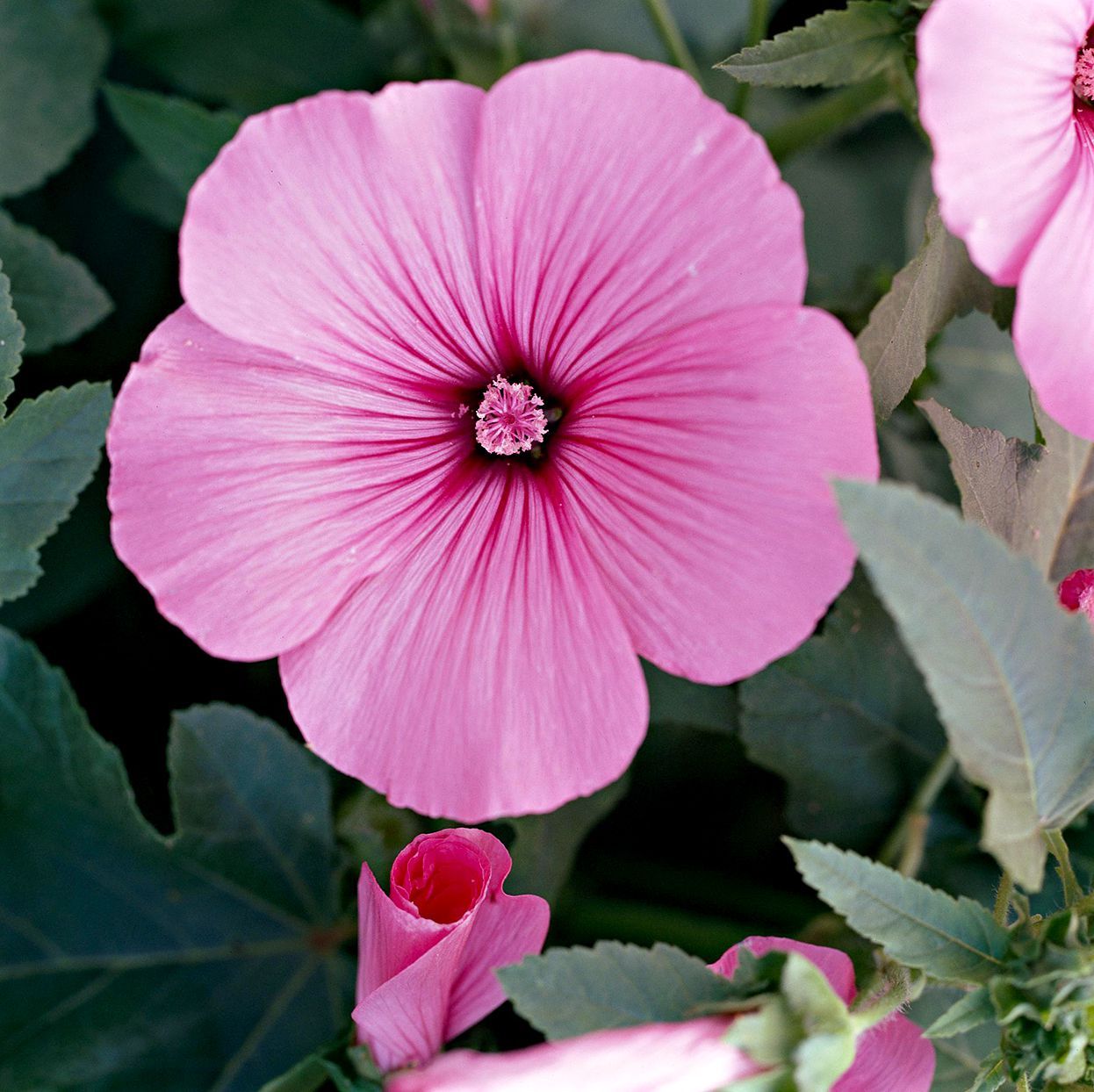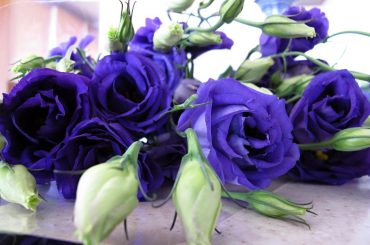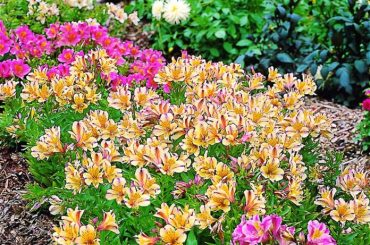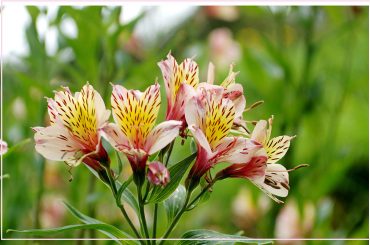Table of Contents
Companion Planting is a method that someone uses to grow two or more plants together. This process requires a lot of effort and time, but the results are rewarding once you see the literal labor fruits.
Moreover, it’s proven that cultivating plants with some companion plants can help your plant to grow healthier while producing better fruits.
Lavatera, also known as tree mallow, adds a delightful addition to your garden with its lush foliage and beautiful flowers. However, many questions may arise regarding what you plant next to the lavatera to enhance the growth while maintaining the visual appearance of your garden to avoid lavatera problems.
In this article, you can get to know more about what companion plants you can plant aside with lavatera to contribute to harmonious and thriving growth.
What is Companion Planting?
As you know, companion planting is a process in which two or more plants grow together for a mutual benefit. Hence, with the right combination of plants, you can improve their quality and health. Therefore, this encourages the plants to yield more fruit by being in proximity to each other. However, if you are not careful with its pairing, you can stunt their growth or kill them, resulting in lavatera problems. This method is mostly used to grow fruits and vegetables, but in some rare cases, you can also grow ornamental plants for the benefit.
Benefits of Companion Planting
At first, companion planting may appear as an odd idea to use around your garden. However, if you consider growing plants in your garden, one species is never enough for the selection. Therefore, there are some specific niches and ecological functions that you may achieve with companion planting. Moreover, this method has many benefits that you can acquire profit from for your garden. However, you may face some lavatera problems while growing them in companion planting.
Enriches the Soil
Some plants thrive to naturally deposit nutrients into the soil, which creates a healthier environment for the neighboring plants to grow. For instance, legumes tend to balance nutrients while depositing nitrogen in the ground without the help of any external fertilizer.
Provides Protection
As you know, climbers need external support to grow, and if you yield a tall plant near a climber, then it will eliminate the need to put up trellises. You can also use hard and heat-resistant plants to shelter less heat-resistant crops. Hence, through these ways, you can use companion plants for your benefit.
Repels or Attracts
Depending on the goal of your planting, the right plant combinations can repel pests and attract beneficial pollinators from your plant. Flowering plants are most likely to attract birds, bees, and butterflies to your garden while increasing the diversity. Moreover, the birds that the flowering plants have attracted can be excellent pest control as they are the ones eating a variety of insects in their daily diet. Hence, if you strategically place aromatic plants near the vulnerable ones, then this will allow you to cultivate a better harvest.
Companion Plants to Go with Lavatera
1. Dahlia
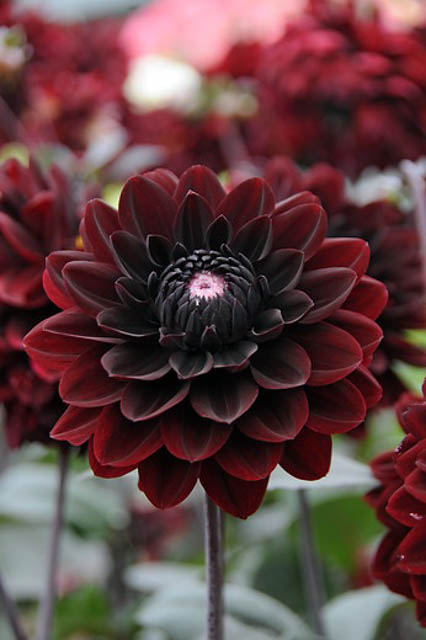
If you are looking for summer colors, then nothing can beat the beauty of Dahlia. Hence, growing these varied spiky flowers lets you use their box of crayons at your disposal for your garden. Therefore, the flower forms its essence on the branch or fleshy stems in the mid to late summer season.
Experts who grow dahlia recommend you first pinch off the crop on the side of the bud to encourage branching vigorously and grow larger flowers in the peak season. The blooming season of dahlia extends up to fall and halts in the first frost. Therefore, to speed up the start for your dahlia plant, it is best to pot the tubers, plant outside, water them, and grow them in a sunny location until you see the sprouts.
2. Moon Flower
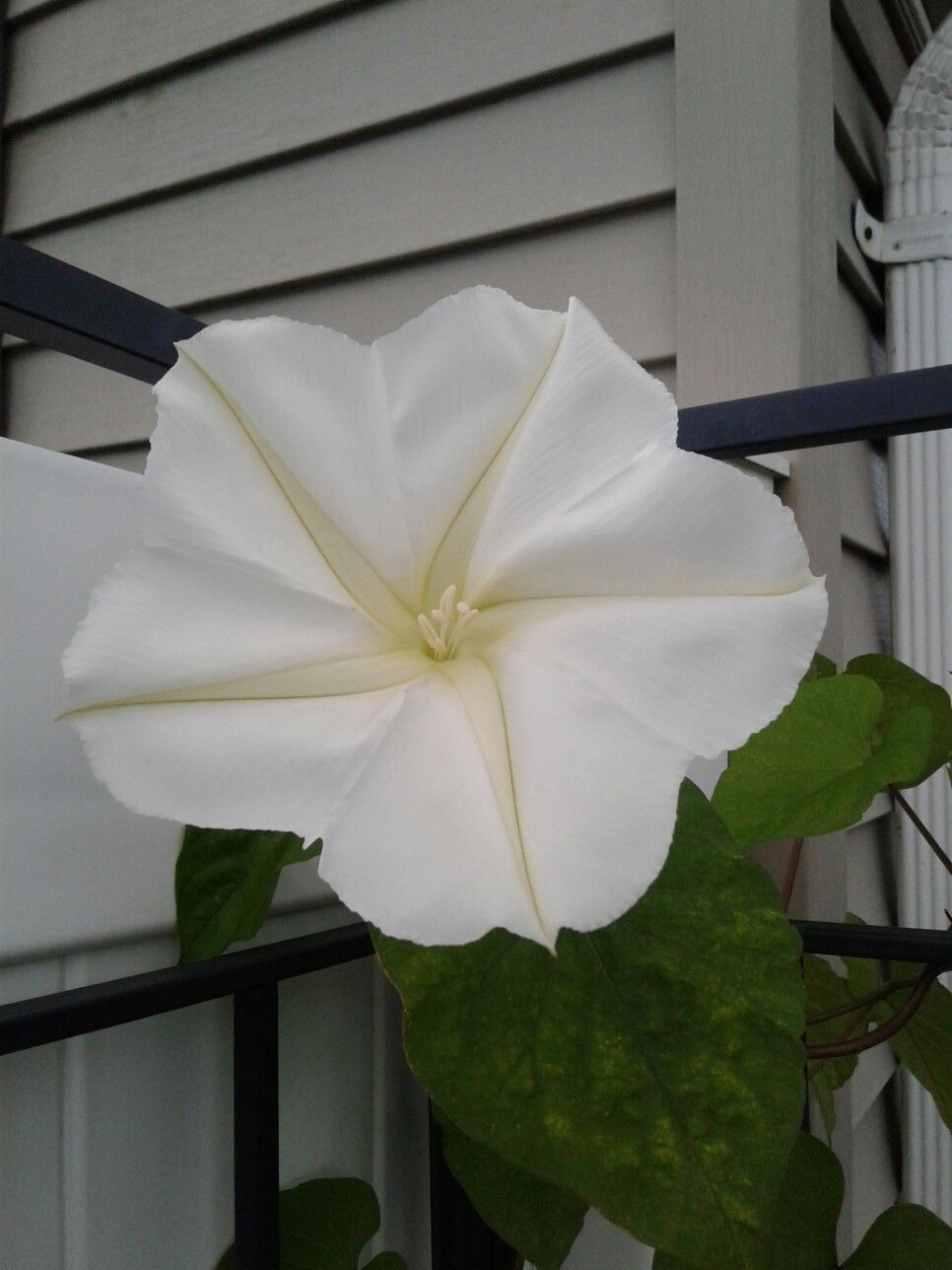
Moonflower or datura is considered one of the most romantic plants that you can grow in your yard. The beauty of this flower is statuesque, which can be an ideal pairing for your evening garden as it bears large trumpet-shaped flowers that open once the sun sets and stay open until the sun rises. Moreover, some of these plants are sweetly fragrant when they stay open. In addition, the plant is also heat and drought-resistant.
You can plant this flower in your garden after the frost has passed and leave it with a moderate fertilizer and moisturizer. Moreover, if you yield this in a large container, then you can treat it like a tree-like plant.
3. Spider Flower
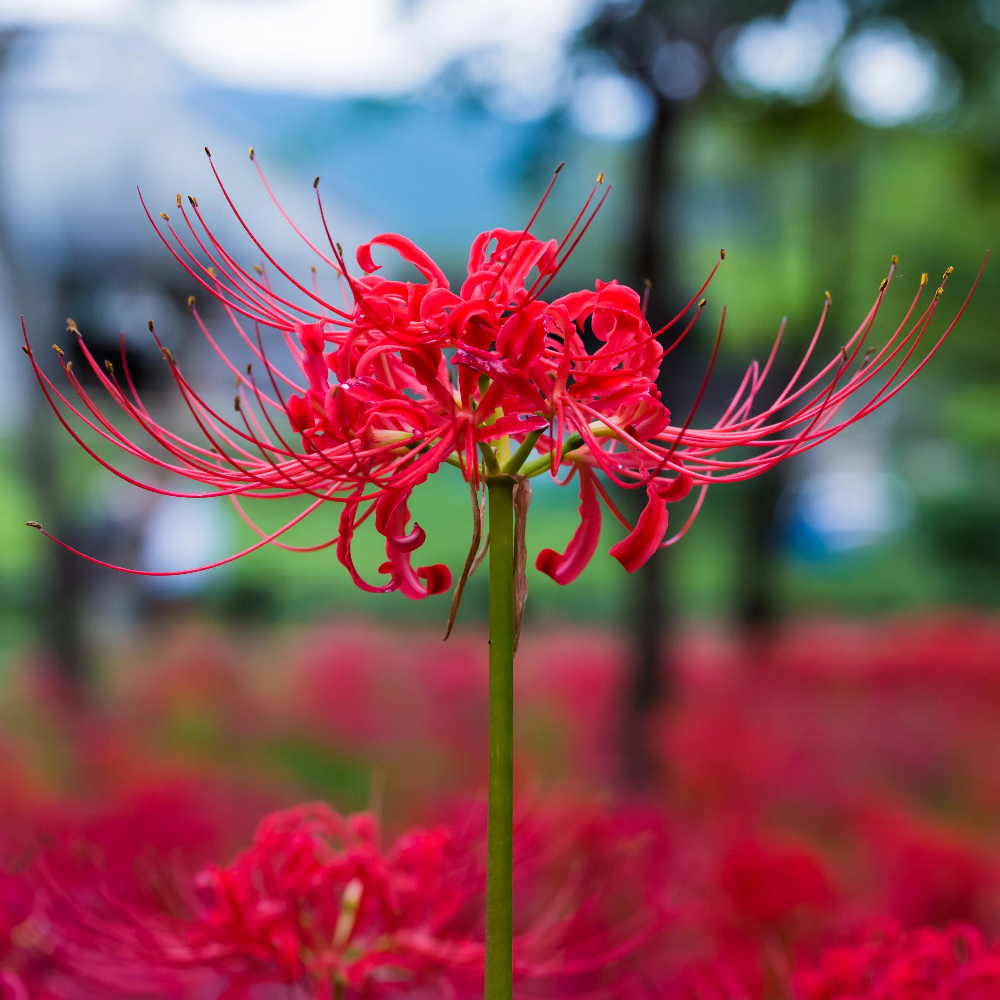
Dramatic spider flowers that are amazingly tall are only annual. Hence, once the temperature warms up, it grows up to 4 feet and quickly starts to produce large balls of flowers with fascinating seed pods. Be aware the flowers of the plant shortest easily after you cut them for vases within a few days. Moreover, these flowering plants are self-seed, so you only have to plant them once. These plants establish seedlings in the spring after the danger of the winter and snow is gone.
Conclusion
Incorporating the procedure of companion planting can significantly benefit the regrowth of your lavatera plants. The process is essential, or else you may face some lavatera problems while growing them in your gardens. In this guide, you can find details on the benefits of companionship and why is it so essential to grow in your garden.
Moreover, you can also explore things like what companion plant to go normally with the Lavatera plant.

